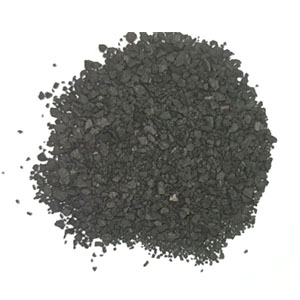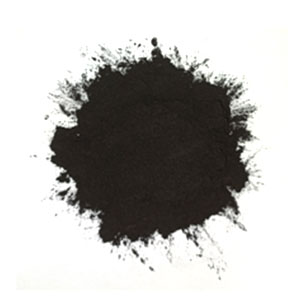Types of Activated Carbon and Choosing the Right Carbon for Your Application
Lignite Coal – Open Pore Structure
One material commonly used to make granular activated carbon is lignite coal. Compared to other coal, lignite is softer and lighter, which gives it many large pore spaces during the activation process. The wide and open pore structure makes lignite based activated carbon most effective at removing large or bulky organic molecules.
Coconut – Tight Pore Structure
Another commonly used activated carbon base material is coconut shell. Coconut is very hard and dense, so it achieves many smaller pores during activation rather than the larger pores seen in lignite. The tighter pore structure of coconut based activated carbon make it most effective at removing small or high energy organic molecules.
Bituminous Coal – Medium Pore Structure
Bituminous coal is also frequently used as a starting material for activated carbon. Bituminous coal is denser than lignite coal but softer than coconut; as such, it has a combination of both large and small pores after activation. This wide range of pore sizes makes bituminous coal based GAC effective at removing a range of organic contaminants of many sizes and shapes simultaneously.
GAC can be made from many different starting materials to remove a variety of contaminants, but regardless of the type of activated carbon or the application in which it is placed, GAC must be recycled or replaced periodically to ensure that the target compounds will be effectively treated.


Maintaining Activated Carbon
While GAC cleans and purifies liquids and gases, its effectiveness diminishes over time.
As organic compounds are adsorbed, they take up space in the porous structure of the activated carbon. Eventually there will not be any room left on the activated carbon for contaminants to be held. When this happens, the GAC must be removed and replaced so the system can continue to function as desired.
To better maintain carbon filters, it is recommended that core samples be taken once per year. The purpose of the procedure is to collect an accurate sample from the core of the filter. The GAC can then be tested for residual activity, which is determined using an iodine number test. Historical data suggests that once the iodine number is between 450 and 550, the GAC should be reactivated or exchanged in the near future.
One of the most unique aspects of granular activated carbon is that it can be recycled after it becomes fully loaded with contaminants. Through a process known as “reactivation,” the adsorbed contaminants are removed from the GAC by exposure to extreme temperatures. With the contaminants removed, the adsorptive capacity of the activated carbon is restored and it can be placed in service to continue purifying liquid and gaseous streams.
We are the main supplier in China, for price or more information welcome to contact with us at:
Email: sales@hbmedipharm.com
Telephone:0086-311-86136561
Post time: Apr-17-2025

